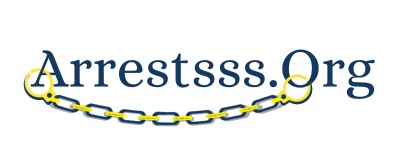The Wisconsin Women’s Prison system holds a significant role within the state’s criminal justice framework. These facilities are essential for housing, rehabilitating, and reintegrating female offenders back into society. In this article, we’ll closely examine the locations of Wisconsin’s women’s prisons, shedding light on their functions, goals, and influence on the community.
History and Evolution of Women’s Prisons in Wisconsin
The historical progression of Wisconsin’s women’s prisons is a testament to the evolution of societal norms and legal paradigms. Initially, female offenders shared confinement spaces with their male counterparts. However, as societal attitudes shifted and laws adapted, dedicated women’s facilities emerged. This section will delve into the fascinating journey of the state’s women’s prison system, highlighting legislative changes and pivotal milestones.
Locations and Facilities of Wisconsin’s Women’s Prisons
Wisconsin’s women’s prisons are strategically distributed across the state, ensuring accessibility and efficiency in addressing the needs of female inmates. Understanding their locations and facilities is vital to appreciate the reach and impact of the corrections system. This section will provide detailed insights into the various prisons, their geographical placement, and the facilities they offer to incarcerated women.
Rehabilitation and Reintegration Programs
Rehabilitation is a core component of the Wisconsin Women’s Prison system, aiming to equip inmates with the skills and support needed for successful reintegration into society. This section will explore the diverse range of rehabilitation programs offered within women’s prisons, focusing on educational initiatives, vocational training, mental health services, and counseling aimed at reducing recidivism rates.
Challenges Faced by the Wisconsin Women’s Prison System
Like any correctional system, Wisconsin’s women’s prisons encounter specific challenges that impact operations and outcomes. This section will shed light on these challenges, including overcrowding, staff shortages, budget constraints, and societal stigmas. Understanding these hurdles is crucial for developing effective strategies to enhance the prison system’s efficiency.
Impact on Communities and Families
The impact of women’s prisons extends beyond the confines of their walls, affecting communities and families. This section will elucidate how the correctional system influences the lives of those connected to incarcerated women. It will touch upon the societal implications, family dynamics, and community initiatives that contribute to the broader rehabilitation and acceptance of female ex-offenders.
FAQ’s
How many women’s prisons are there in Wisconsin?
Wisconsin has three main women’s prisons: Taycheedah Correctional Institution, Robert E. Ellsworth Correctional Center, and Milwaukee Women’s Correctional Center.
What rehabilitation programs are offered to female inmates in Wisconsin’s women’s prisons?
Rehabilitation programs include educational opportunities, vocational training, mental health counseling, substance abuse treatment, and re-entry programs to prepare women for successful reintegration into society.
How does the Wisconsin Women’s Prison system engage with families of incarcerated women?
The system encourages family visitations and offers support programs to help families understand the rehabilitation process, maintain connections, and prepare for the reintegration of their loved ones.
What efforts are made to reduce recidivism among female offenders in Wisconsin?
Wisconsin focuses on rehabilitation, providing educational and vocational opportunities, mental health support, and re-entry programs to equip female offenders with the skills needed for a successful transition back into society, ultimately reducing the likelihood of reoffending.

